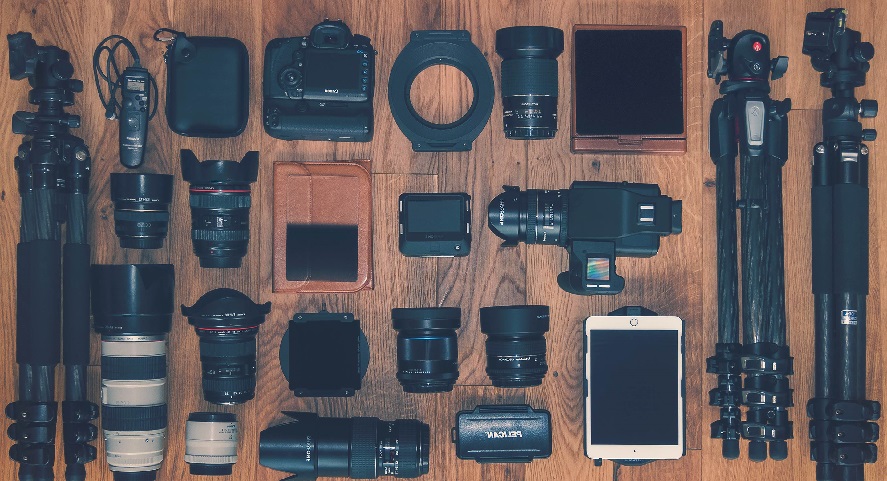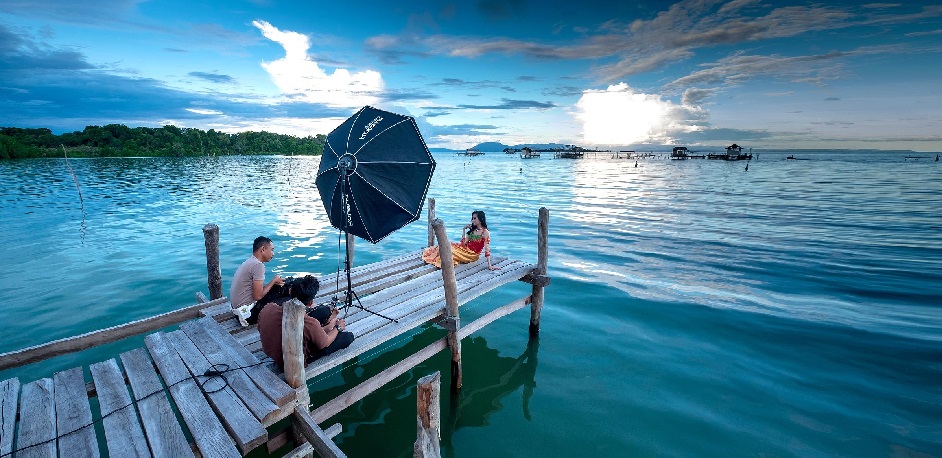A flashgun is a necessary accessory for taking images after dark, however it can also be remarkably helpful throughout the hours of daytime.
Many cameras, consisting of SLRs, have integrated flash units nowadays, so that the photographer may no longer have to decide to load the flashgun. For after-dark photography, these mini tubes are hardly ever effective enough or properly positioned for terrific results. The flash offers an extreme lighting with strong shadows and being so near the lens produces the extra issue of ‘red-eye’. One should use flash for travel photography.
An extra flash-gun, on the other hand can be placed so that the topic is lit from an angle – by installing the unit on a bracket to the side of the camera, or by angling the head upwards so the light bounces off the ceiling or purpose-built reflector.
Where integrated flashguns really prove themselves beneficial is throughout daytime. The direct exposure for fill-in flash is normally dealt with instantly – preventing the complex computations that were once essential with bolt-on units.
Fill-in flash works in many lighting scenarios – however just when the topic is within a couple of feet from the camera, otherwise the light output is not effective enough. In brilliant weather condition, the flash can decrease contrast, assisting to prevent unpleasant shadows in close-ups of people’s faces. In dull weather condition, the flash has a nearly opposite result – increasing the contrast so that the topic in the foreground stands apart from a grey background, and putting the colour back into their clothing. They can get the best results by bringing a flash for a backpacking trip.

As black as night
Flash used during the night tends to produce unnaturally dark backgrounds, as flash power falls off rapidly over distance. With some topics this impact is appropriate – and it can be used to conceal sidetracking backgrounds. For a more natural-looking impact, it is often essential to integrate the flash direct exposure with a sluggish shutter speed.
Preventing shiners
Intense sunshine is not perfect for picture images as it develops undesirable areas of shadow in the eye sockets and under the nose of the topic. A basic way of removing these is to use the camera’s flash to complete the dark areas. Photographers also need to travel with a speedlight.
Bouncing the flash
A flashgun with a tilt-able head enables you to enhance the quality of flash lighting in dull conditions. The bounced light is softer and less directional, so does not trigger the brilliant hotspots and significant shadows related to straight, on-camera flash. One should use your flash while traveling to get the best results.

You ought to also have fun with the settings with different areas where shadows might appear. This will assist you identify how far from your topic you can be before the shadows vanish. This occurs because the flash didn’t reach those areas. The camera maker will generally note the maximum flash strength and how far you can be when taking a great shot. You definitely do not wish to lose any point of view and/or depth in your images.
You can minimize both of these issues of red eye and bad depth by getting a flash gadget that is different from your camera. You will simply require a removable flash element that is merely powered by a bracket on the camera together with a cable that all collaborate to assist the flash inside the camera to deal with the external flash unit. This will assist your flash digital camera by offering an extra source of flash and decrease the quantity of red eye and bad depth coming out in your photos.

